Illegal, fentanyl-laced drugs have already killed at least four area teenagers, and local officials say they are now concerned about a large spike in overdose calls received by MedStar ambulance service within the past three months.
About a year ago, MedStar was receiving eight to 10 overdose calls a month. Since January, that figure has soared to as many as 26 a month, said Heath Stone, operations manager for MedStar Mobile Healthcare.
Many of the calls coming into the ambulance service concern teens and youths who have taken pills containing fentanyl, a synthetic opioid that is 100 times more potent than morphine and 50 times stronger than heroin.
Ambulance crews are responding to overdose cases not just in homes but in school bathrooms and parking lots, said Stone, who is also a paramedic.
A couple of weeks ago, one of the patients was just 9 years old, Stone said.
“Where did they get it?” he said. “Two houses down. It was that easy.”
The drug easily falls into the hands of young people because it is cheap for criminal rings to manufacture and sell, and they pass it off as something else — usually oxycodone, hydrocodone, Percocet, or Xanax, according to a panel of experts who recently participated in an online discussion about the disturbing trend. The program was hosted by Challenge of Tarrant County, a nonprofit education and advocacy group for people suffering from addiction.
“When we respond, a lot of them are unconscious, confused, or barely breathing, or they’re blue or purple in the face,” Stone said of the young people treated by MedStar, the ambulance service covering Fort Worth and 14 other cities. Tiny eye pupils — pinpoint-size — are another sign of an overdose. Once a patient is at that point, they risk not making a full recovery — assuming they survive.
Paramedics have treated young people whose condition became so dire from an overdose that they remain in a wheelchair or must leave school due to a permanent disability, Stone said. Some of the young people survive but live with lasting brain injuries and need help with talking, walking, and eating.
Buyers believe they are buying a brand-name prescription drug but are often receiving a pill filled with caffeine and fentanyl. In addition to making an illegal drug purchase, the buyer is putting their life at serious risk. Just two milligrams of fentanyl is considered lethal.
Drug traffickers sell the pills for as little as $5 each, with no regard for whether the person taking the pill will suffer serious harm or die. Adding to the danger is the lack of “quality control” for how much fentanyl is added, said Eduardo Chavez, special agent in charge of the Dallas Field Division of the U.S. Drug Enforcement Administration (DEA).
The counterfeit pills are the right size, shape, and color of prescription drugs and even have an authentic-looking stamp, Chavez said. Traffickers also go as far as attaching a fake prescription label to a bottle to make it appear as if it came from a pharmacy.
The DEA is also seeing an uptick in the number of people overdosing in Tarrant County and into Oklahoma, Chavez said.
Many parents are surprised to learn about the aggressive tactics used to market drugs to students, said Mark Blair, a Fort Worth police department school resource officer at Fossil Ridge High School in Fort Worth, which is part of Keller ISD.
This year alone, the school has had a couple of overdoses, Blair said during the presentation.
Free pills are offered as samples at parties, or classmates may offer drugs for sale in school bathrooms, Blair said. Additionally, social media is used to target youths.
“Students are telling us … it’s as simple as being on Snapchat and a dealer saying, ‘Hey, I’m open for business,’ ” Blair said.
Students have reported receiving messages on social media from friends of friends or people they do not even know. Some of the drug dealers are young people selling marijuana who begin dabbling in pills to make more money, Blair said.
Old stereotypes about the types of students who are using drugs no longer apply. They can be athletes, straight-A students, or kids with a strong support system with many friends.
“It’s not just the depressed-looking kid who looks like, man, they’re struggling,” Blair said.
The Keller school district is proactive in combating the problem, he said.
“We have started to go around, classroom to classroom, and have discussions,” Blair said.
The district is also linking parents and students with treatment programs and other resources, Blair said. Security personnel are checking restrooms more frequently, and some of the higher-traffic bathrooms are being locked to thwart any potential drug activity.
In January, a fentanyl overdose claimed the life of Kyndyl Campbell, a 16-year-old student at Fossil Ridge and a member of the football and basketball teams.
In a YouTube video, Kyndyl’s mom, Donnetha Campbell, pleads with other parents to have uncomfortable conversations to warn their kids about the dangers of drug use.
“Because what you think they know, they may not really know,” Campbell said.
Never assume it can’t happen in your family, she added.
“In my mind I thought, ‘My son. He’s not one of those kids,’ ” Campbell said. “He’s not gonna do this. He knows better. He knows what’s out there, so I never had that conversation with him.”
The problem is not limited to large cities. In Venus, a tiny town south of Dallas, counterfeit prescription drugs made with fentanyl were blamed for the March 2021 deaths of two teenage males. A third teen was admitted to a hospital in serious condition for a fentanyl overdose but later recovered. Venus has a population of just 3,700.
Another publicly documented case was the death of Luke Wright, a straight-A 16-year-old athlete at Aledo High School. He died of a fentanyl overdose in February 2020 after taking a counterfeit Percocet pill that he bought for $5, according to published reports. Following the tragedy, his family started a foundation, Lives for Luke, which gives away the nasal spray Narcan, an opioid blocker that is used to offset an overdose.
Families said they want to prevent others from living through the same devastation of losing a loved one to fentanyl.
How is fentanyl moving into Tarrant County and other parts of North Texas?
The supply comes into the United States through Mexico, Chavez said. A substantial amount is also coming in from China, but that tends to be more through online purchases in smaller amounts, he said.
Mexican and Chinese criminal organizations are even working together in selling the illegal drugs, he added.
Traffickers in China are supplying Mexican criminal organizations with raw fentanyl powder, Chavez said, and the Mexican trafficking organizations are then making them into tablets and pushing them into the United States for distribution throughout the country.
Unfortunately for people struggling with addiction, selling fentanyl is a lucrative business for drug traffickers. They can purchase a kilogram of fentanyl from China for several thousand dollars and turn it into a profit of $1 million to $1.5 million, Chavez said.
The pills are made in laboratories in clandestine warehouses deep in south-central Mexico and can even be manufactured in a drug trafficker’s bedroom, Chavez said.
North Texas’ problem reflects the broader national problem of overdose deaths caused by opioids.
More than 81,000 drug overdose deaths occurred in the United States across a 12-month period ending in May 2020, according to data from the Centers for Disease Control and Prevention (CDC).
The figure marked the highest number of overdose deaths “ever recorded in a 12-month period,” according to the agency. Synthetic opioids and illicitly produced fentanyl are the primary culprits, according to the CDC.
Although fentanyl is taking a toll on communities everywhere, there are steps you can take to thwart the harm the drug is causing. Two of the most important things are having candid discussions about drug use and keeping lines of communication open with family members and friends, panelists said.
Emergency assistance must also be obtained for anyone who appears to be having a drug overdose.
The DEA’s primary mission is not to arrest drug users but to go after criminal drug trafficking rings, Chavez said.
One of the concerns callers sometimes have is whether the police also respond to overdose calls, Stone said. Police do respond, but the focus is on getting the overdose victim the proper medical care.
A person who is overdosing needs to go to the hospital, Stone said. Even if symptoms seem to improve, an overdose victim can quickly fall into serious condition.



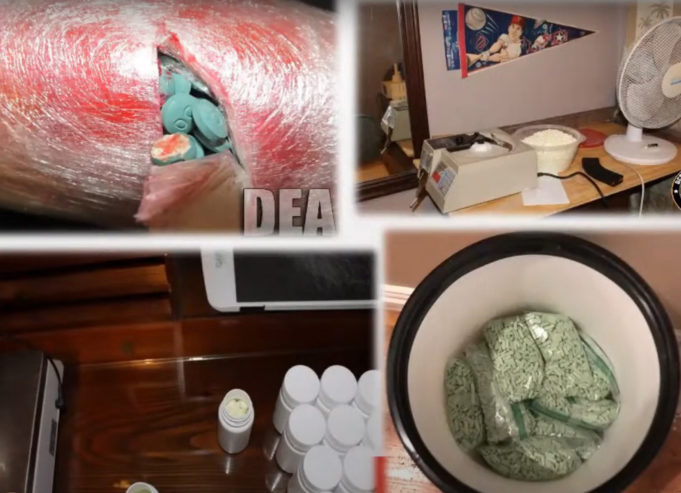
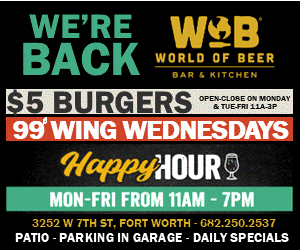
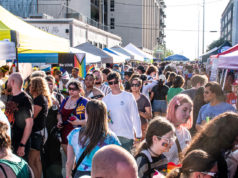
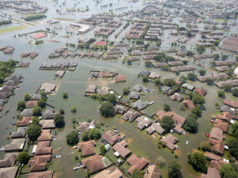
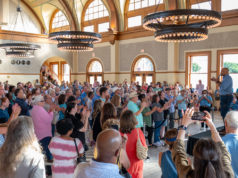





Please edit to state ‘fentanyl poisoning’. It is most often not an actual drug overdose. It is poisoning. There is a huge difference and this is part of why this issue is not getting the attention we desperately need to prevent more deaths.
Yeah, maybe an open border between the U. S. and Mexico isn’t a good idea.
Remember when your drug dealer cared about repeat business? Seems like a fairly poor business model if your QA process kills people on the first dose. Starts to get difficult to build your business and get word of mouth advertising when you immediately knockoff your hard won clientele. The marketing department’s free taste to get them hooked campaign really isn’t working this year.